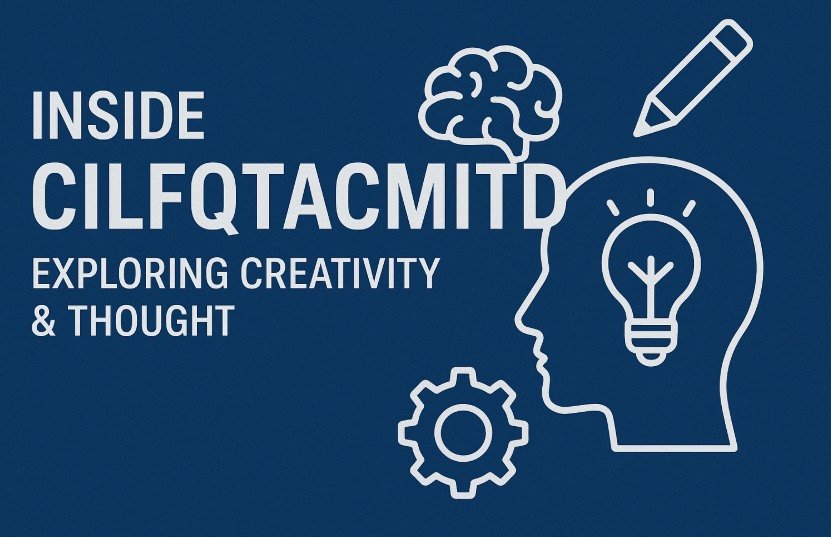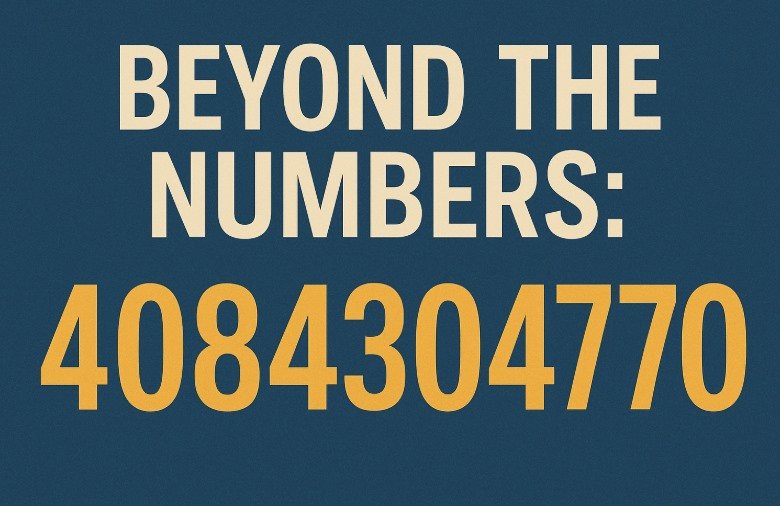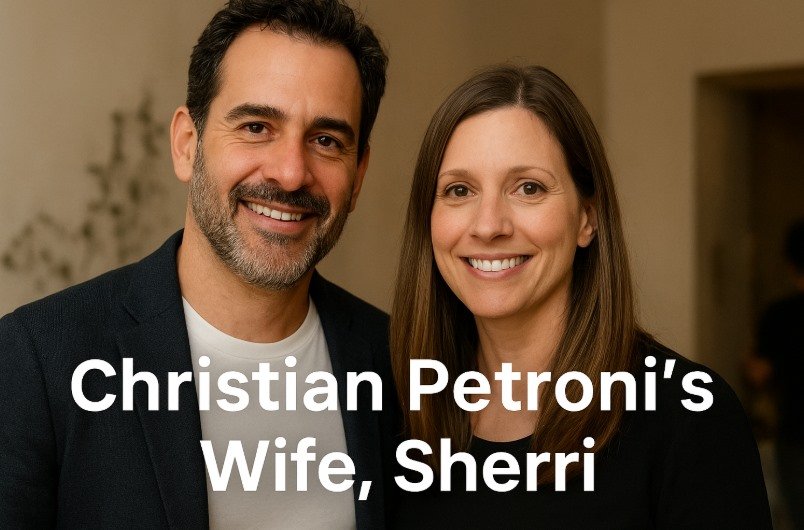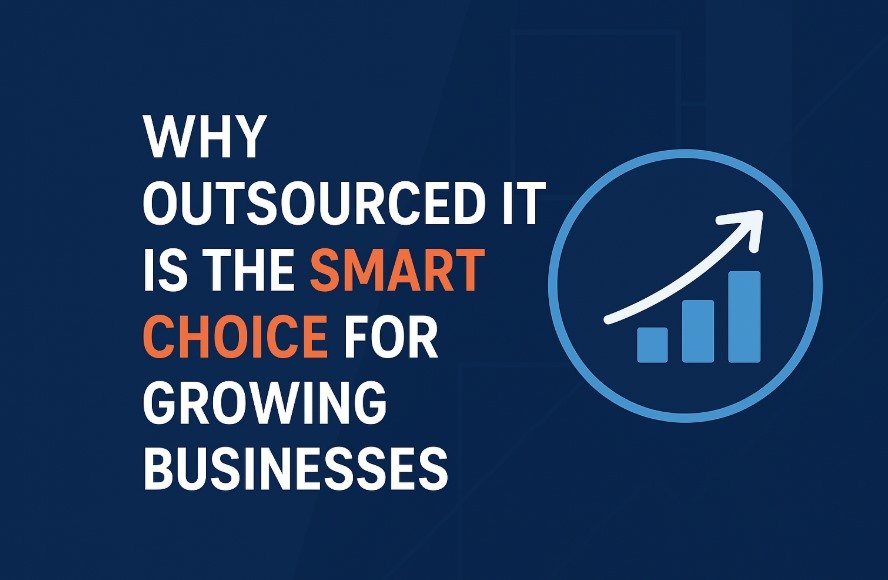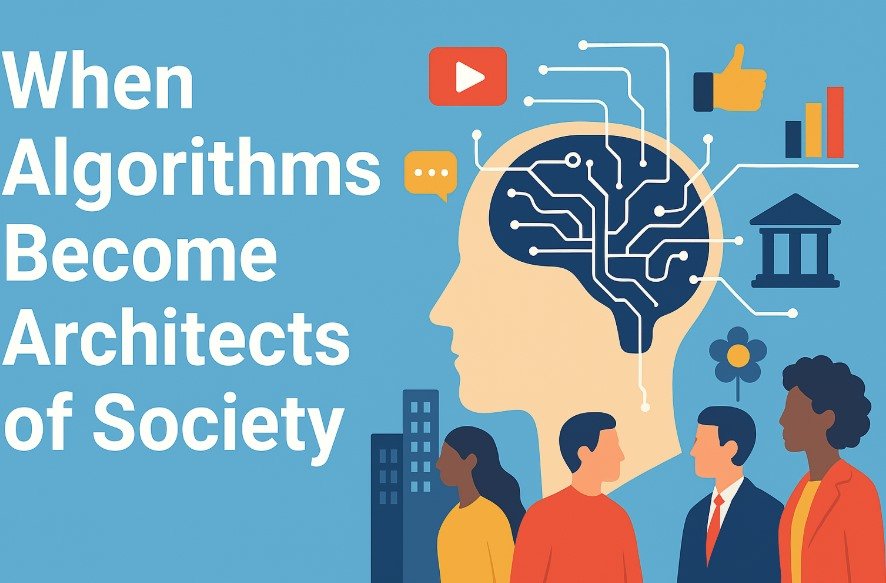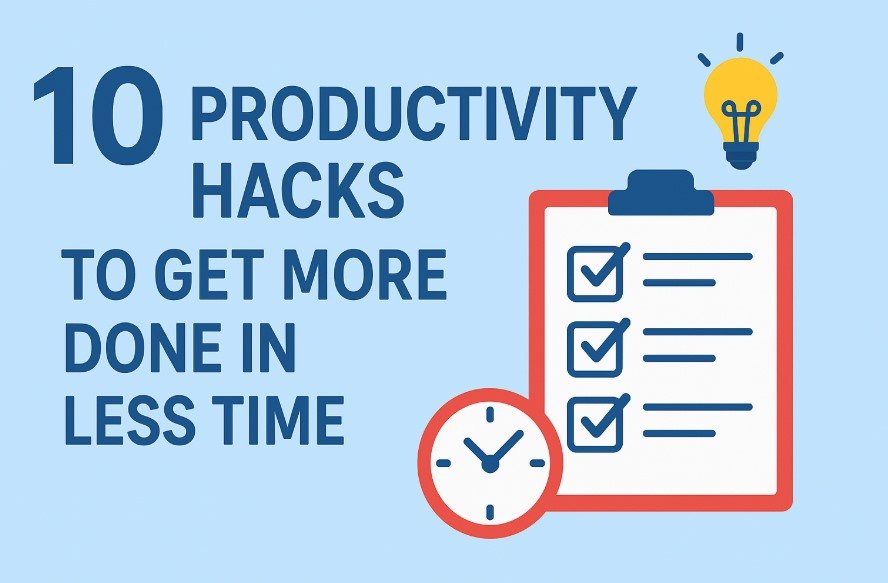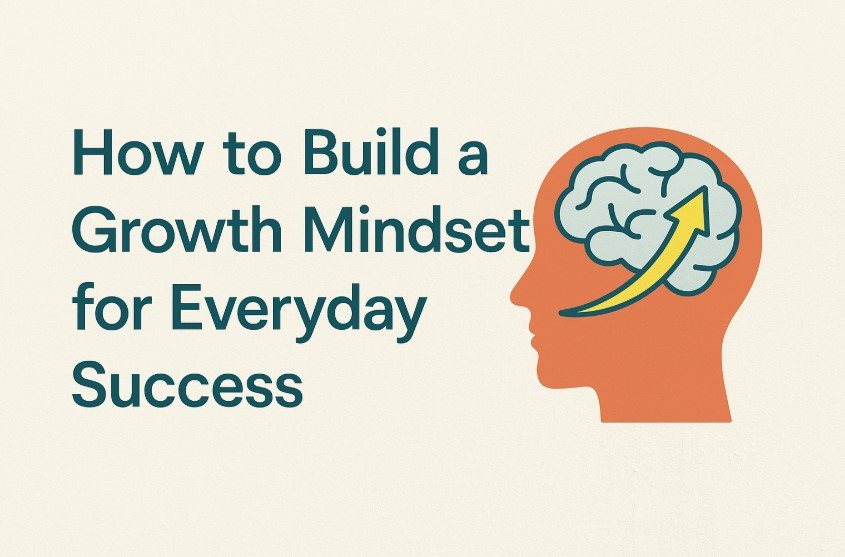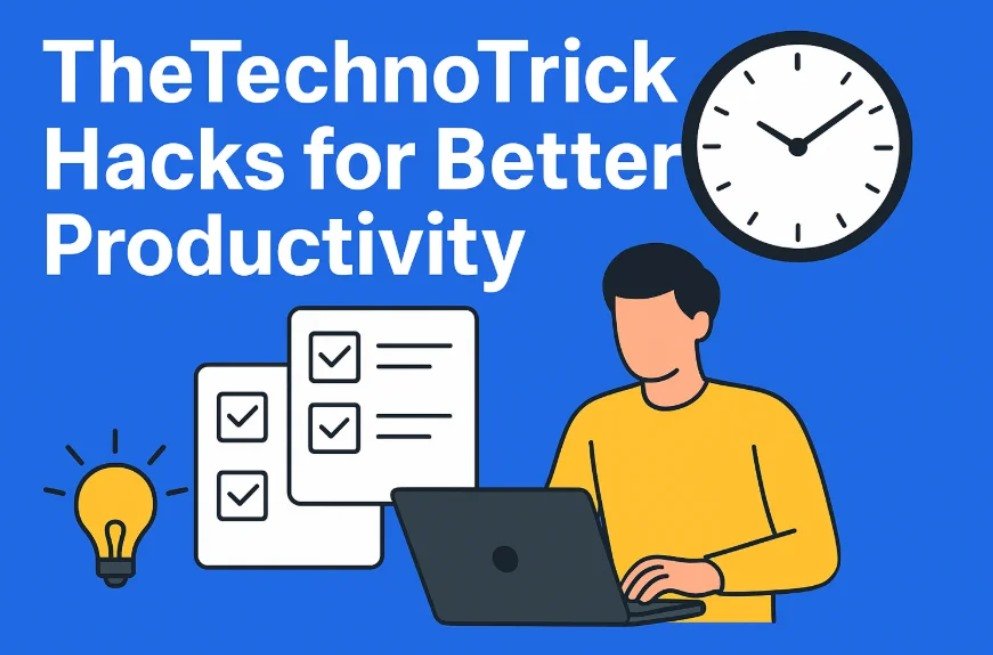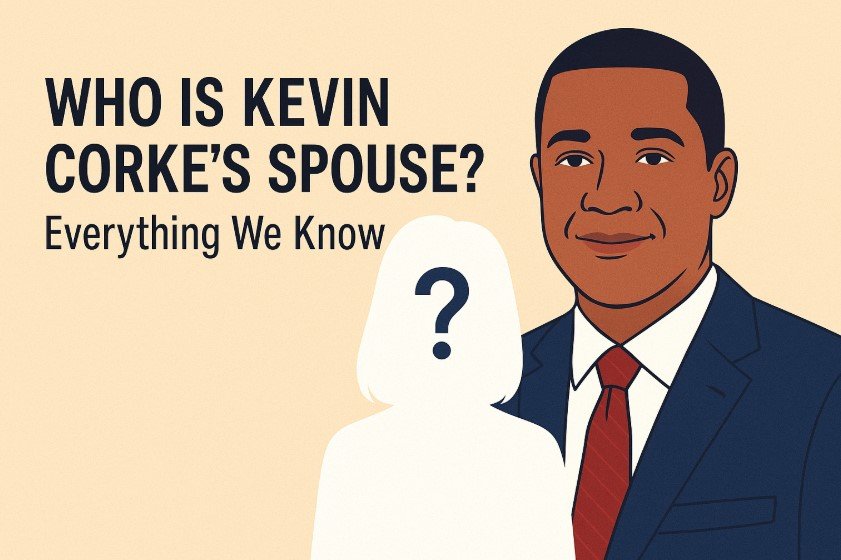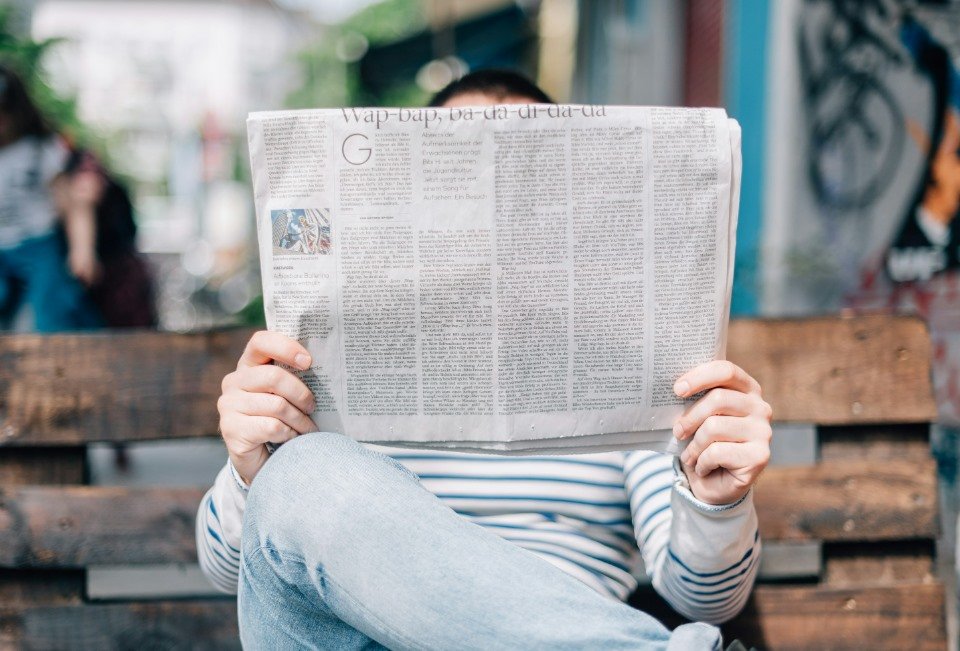
In today’s world, we are constantly surrounded by information. News outlets, social media platforms, and online discussions produce content every second. It can often feel overwhelming to sort through everything. Many people are left wondering which stories are important and which ones are simply distractions. The idea of “breaking the noise” is about finding clear, trustworthy, and thoughtful perspectives on today’s headlines. Instead of being buried in countless updates, this approach allows readers to focus on what really matters and understand the news in a simple way.
Why Headlines Feel Overwhelming
Headlines are designed to capture attention quickly. With just a few words, they aim to spark curiosity, emotion, or urgency. This has become even more intense in the digital era where clicks and shares drive traffic. As a result, many outlets use sensational language, making it hard to separate facts from exaggeration. Readers often find themselves pulled into stories that may not be as important as they seem. Breaking the noise is about resisting this constant pull and learning how to focus on headlines that truly influence our lives, our communities, and the world.
The Importance of Context in News
A headline on its own often lacks important context. For example, a political headline might highlight a disagreement between leaders but leave out the details of what the conflict means for everyday citizens. A health headline might create fear without explaining scientific evidence or long-term trends. When we read news without context, it can create confusion or even panic. A fresh perspective on headlines means taking the time to look at the bigger picture. By asking questions like “Why is this story important?” or “What does this mean for the future?” we move beyond the surface level and start to understand the real impact.
The Role of Digital Media in Headlines
Digital media has changed the way we consume information. Instead of waiting for newspapers or evening broadcasts, people now receive updates instantly on their phones. This speed has benefits, such as quick access to breaking events, but it also adds to the noise. Every platform wants to be the first to report a story, which sometimes leads to incomplete or misleading information. To break the noise, it is important to use digital media wisely. This can mean checking multiple sources, reading full articles instead of just headlines, and being careful about what we share with others.
Fresh Perspectives in Journalism
Fresh perspectives in journalism are about looking at stories from angles that are often ignored. Traditional news may focus heavily on politics, conflicts, or disasters, while leaving out stories about solutions, progress, or innovation. A new approach to headlines includes highlighting positive changes, community-driven projects, and global cooperation. For example, while climate change headlines often highlight disasters, fresh perspectives might focus on the growth of renewable energy or successful conservation efforts. This does not mean ignoring challenges, but rather creating a balanced picture of both problems and solutions.
The Role of Readers in Breaking the Noise
Readers play an active role in shaping how headlines are received. Every click, share, or comment influences which stories gain attention. By choosing to support reliable sources and thoughtful reporting, readers can encourage better journalism. Breaking the noise is not just about journalists providing new perspectives but also about readers demanding quality content. Simple steps like slowing down before reacting, avoiding unverified sources, and supporting independent outlets can make a big difference.
Social Media and the Spread of Headlines
Social media has become one of the main ways people access news. Platforms like Twitter, Facebook, and Instagram allow headlines to spread instantly across the world. However, the speed and reach of these platforms also make them vulnerable to misinformation. A headline that is shared without context can quickly spread false ideas. To break the noise on social media, readers need to practice careful habits. This includes checking the source, reading beyond the headline, and avoiding the temptation to share content without understanding it. By doing so, social media can be used as a tool for awareness rather than confusion.
The Challenge of Bias in Headlines
Every news outlet has some level of bias, whether political, cultural, or economic. Headlines are often written in ways that reflect this bias, even when the facts are accurate. Readers may find that the same event is reported differently depending on the source. Breaking the noise means recognizing these differences and seeking multiple perspectives before forming an opinion. This does not mean distrusting all media but rather being aware of how stories can be framed. By comparing headlines from various outlets, readers can get a clearer picture of the truth.
Building Media Literacy
One of the most effective ways to break the noise is by improving media literacy. Media literacy means having the skills to analyze, evaluate, and understand different types of content. When people know how to spot misleading headlines, recognize biased reporting, and identify trustworthy sources, they become less vulnerable to confusion. Schools, universities, and even community groups are starting to emphasize media literacy education. It gives readers the ability to not only consume news but also question it in a productive way. In a world where anyone can publish content online, media literacy is more important than ever.
The Shift Toward Independent Media
Independent media outlets are becoming an important part of today’s news landscape. Unlike large corporate outlets that rely on advertising or political connections, independent platforms often focus on transparency and accountability. These outlets are usually smaller, but they can provide fresh perspectives on headlines that mainstream media might overlook. By supporting independent media, readers contribute to a more diverse flow of information. This helps break the noise because it ensures that more voices and more angles are represented in public discussions.
Fresh Perspectives Through Global News
Another way to gain fresh perspectives is by looking at headlines from outside one’s own country. Global news outlets often cover international events in ways that are different from local reporting. For example, a political decision in one country might be described with pride in local headlines but criticized in international reports. By comparing both views, readers gain a fuller understanding of how events affect not only their nation but also the wider world. This global perspective is essential for breaking the noise because it places individual headlines into an international context.
Solutions Journalism and Constructive Reporting
Solutions journalism is a growing movement that aims to highlight responses to problems instead of just the problems themselves. Traditional headlines often focus on conflict, crime, or failure. While these stories are important, they can also create a negative picture that makes people feel powerless. Fresh perspectives on headlines involve not only reporting on issues but also exploring how individuals, communities, and governments are addressing them. Constructive reporting encourages readers to think critically and also to feel hopeful that positive change is possible. This balance helps reduce the constant noise of negativity.
The Future of Breaking the Noise
As technology continues to advance, the challenge of information overload will only grow. Artificial intelligence, algorithm-driven feeds, and personalized news updates will make it harder to separate important stories from distractions. At the same time, these tools also offer opportunities for breaking the noise. For example, AI can help filter out misinformation or highlight stories from diverse sources. The future of fresh perspectives on headlines will likely depend on how well technology is used to support reliable reporting rather than just to drive attention.
The Responsibility of Journalists
Journalists have a key role to play in breaking the noise. While the digital era has pressured many outlets to prioritize speed over depth, there is still a demand for thoughtful reporting. Journalists who take the time to provide context, explain background details, and highlight multiple perspectives help readers make sense of complex events. Transparency about sources, fact-checking, and corrections are also important parts of building trust. When journalists commit to these standards, they contribute to a healthier media environment where headlines inform rather than mislead.
The Responsibility of Readers
Readers also carry responsibility in this process. The way people react to headlines can encourage either shallow reporting or meaningful journalism. When readers reward sensational stories with clicks and shares, media outlets are encouraged to produce more of them. On the other hand, when readers support outlets that provide balanced and thoughtful coverage, they help shape better news practices. Breaking the noise requires readers to be active participants in the information ecosystem rather than passive consumers.
Practical Tips for Readers
There are simple steps anyone can take to break the noise in their daily news habits. First, avoid relying on just one news source. Different outlets will present different perspectives, and comparing them helps build a clearer picture. Second, read beyond the headline. Headlines are only designed to capture attention, and the real details are always in the full article. Third, check the credibility of sources before sharing content. Even a quick search can confirm whether a story comes from a reliable outlet. Finally, make time to disconnect. Taking breaks from constant news updates can improve focus and reduce the feeling of overload.
Conclusion
Breaking the noise is not about ignoring headlines but about approaching them with care, attention, and balance. Today’s headlines come at us faster than ever before, and without a thoughtful approach, they can overwhelm or mislead us. Fresh perspectives are about providing context, exploring solutions, and looking beyond surface-level details. Both journalists and readers share responsibility in shaping the way headlines are written, shared, and understood. By practicing media literacy, supporting independent and constructive journalism, and being mindful in how we consume news, we can make sure that headlines serve their true purpose. They should inform, guide, and help us understand the world around us. In doing so, we move beyond noise and toward clarity, building a healthier relationship with the news in our daily lives.

